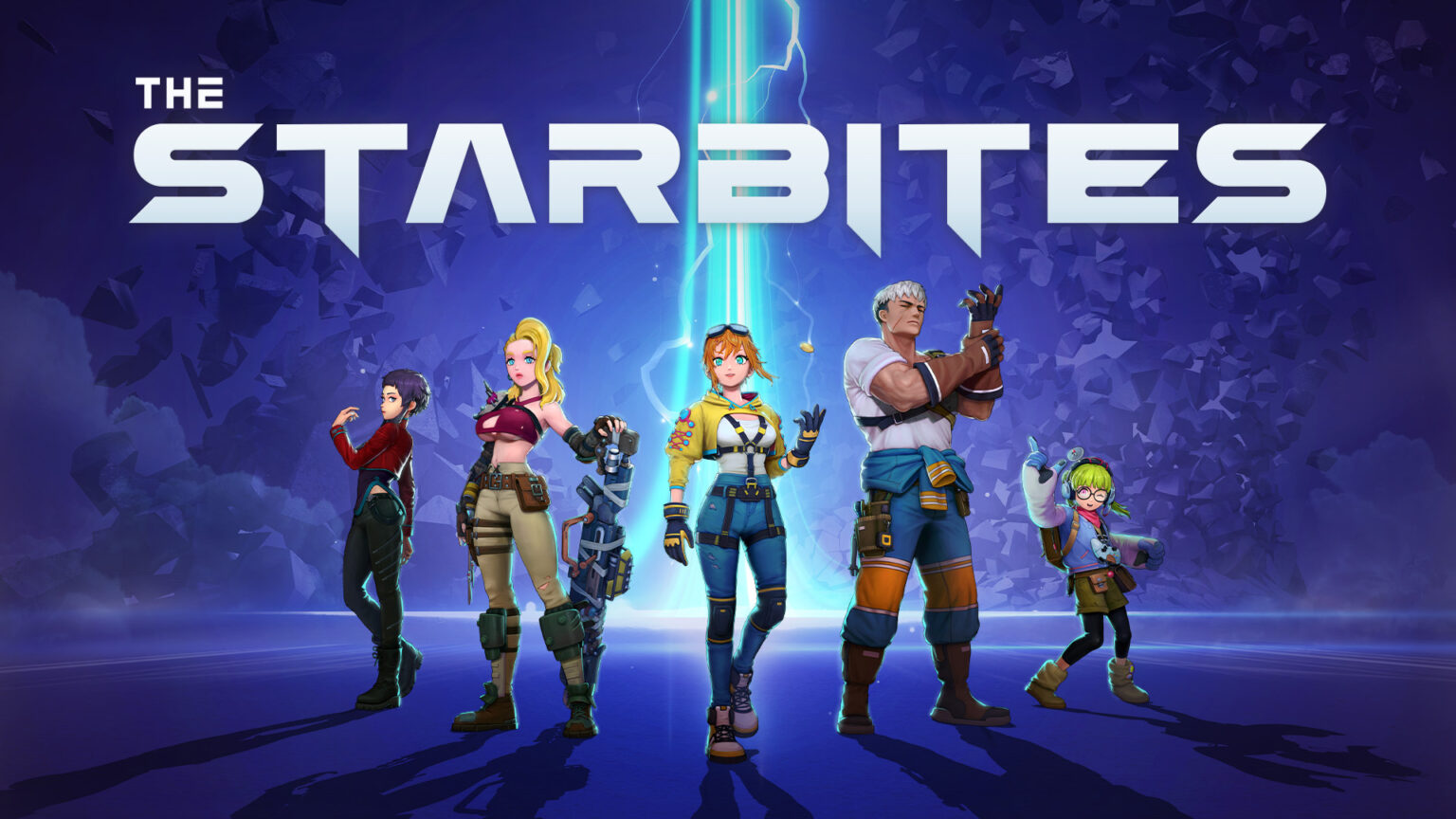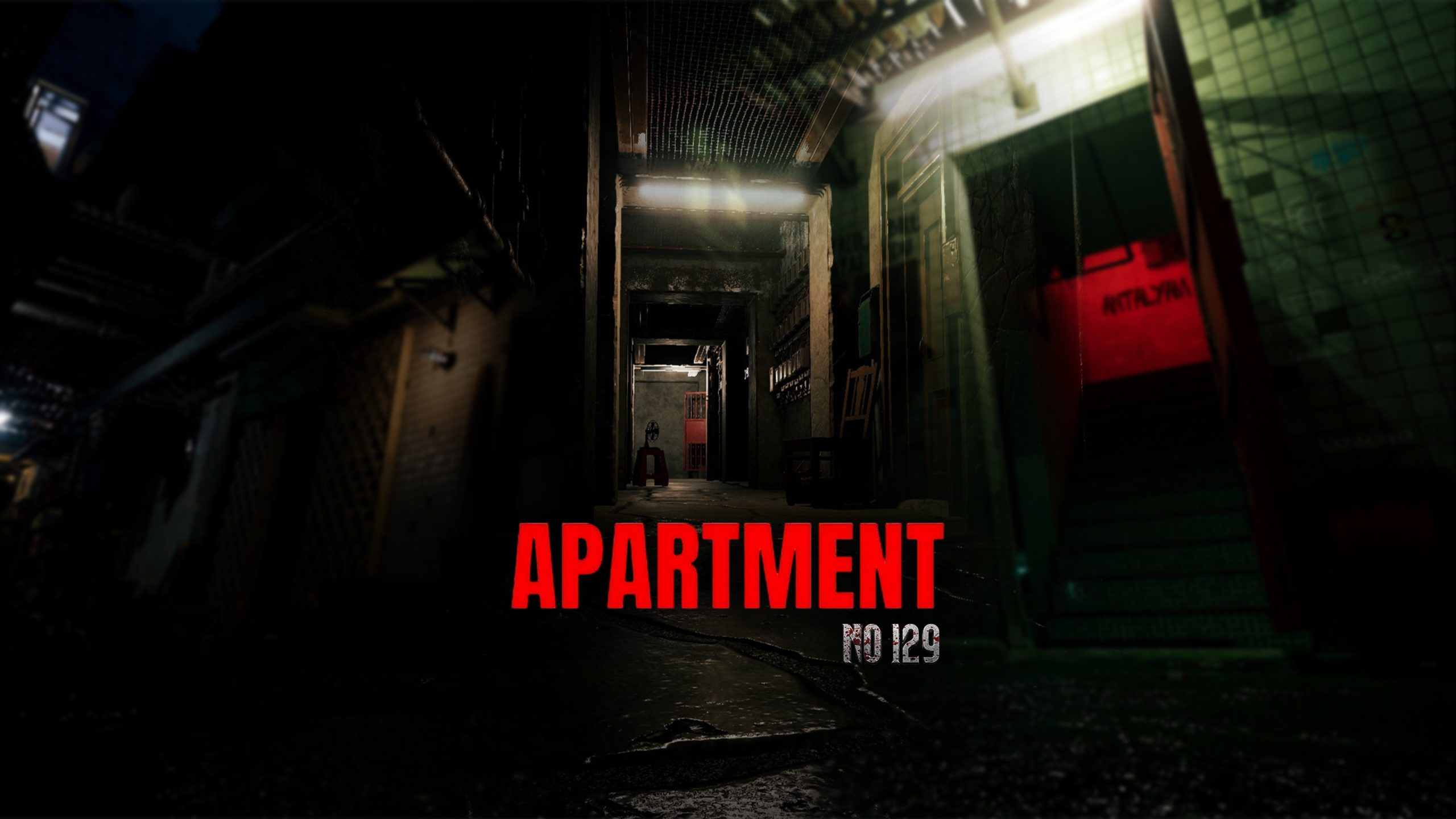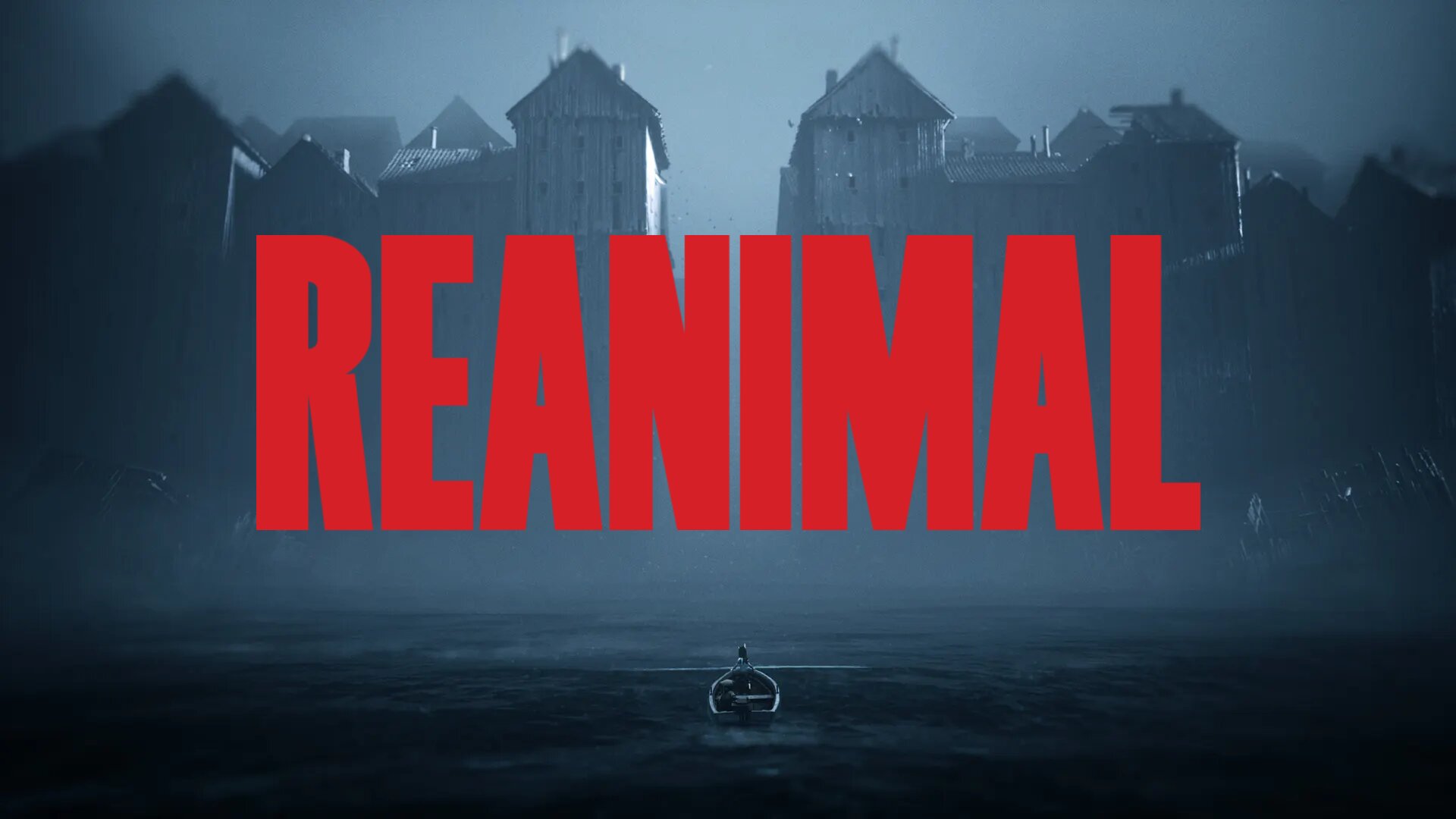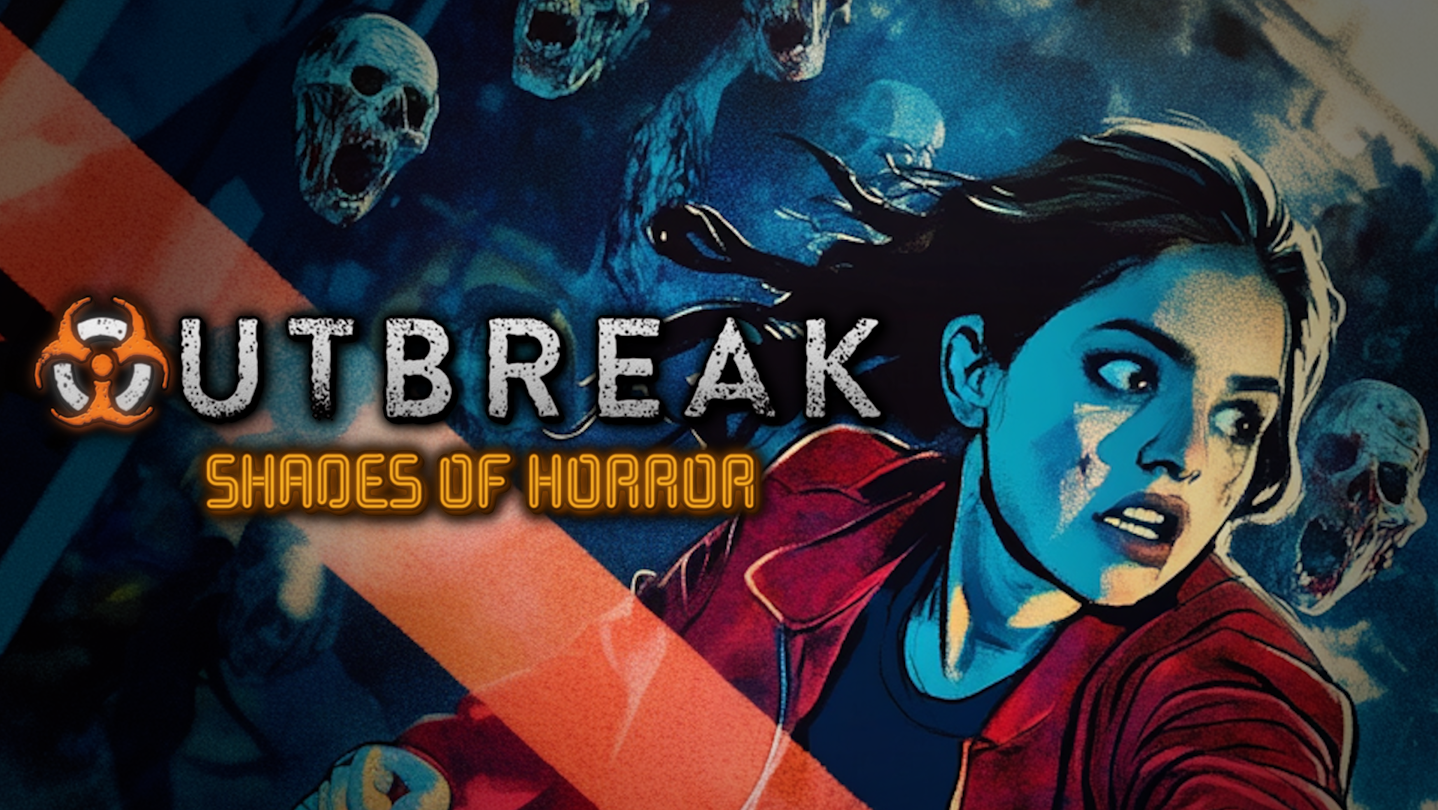For those of us who grew up in the late 1990s to early 2000s, especially in East Asia, it was almost impossible to escape the influence of Japanese animation and games. Anime captured our imaginations with wildly differing themes, captivating characters, and immersive storytelling. Meanwhile major JRPGs continually provided experiences of adventure, growth, and achievement. Memories of clearing numerous games that weren’t officially released or translated in my home country, Korea – relying only on game magazine information – still influence me as a game developer today.
The unfamiliar yet deeply human world depicted in Akira, the beautiful dystopian landscapes in Future Boy Conan, the thrilling adventures and mysterious lost civilizations in Nadia: The Secret of Blue Water, and the charming space setting of Cowboy Bebop. In those worlds, the world was broken and desolate, but there was always hope, adventure, and above all, a captivating world. This is the kind of world I wanted to create with Starbites, the new mecha-piloting JRPG we announced at Tokyo Game Show last week.
Delight City, the Last Utopia for the Failures
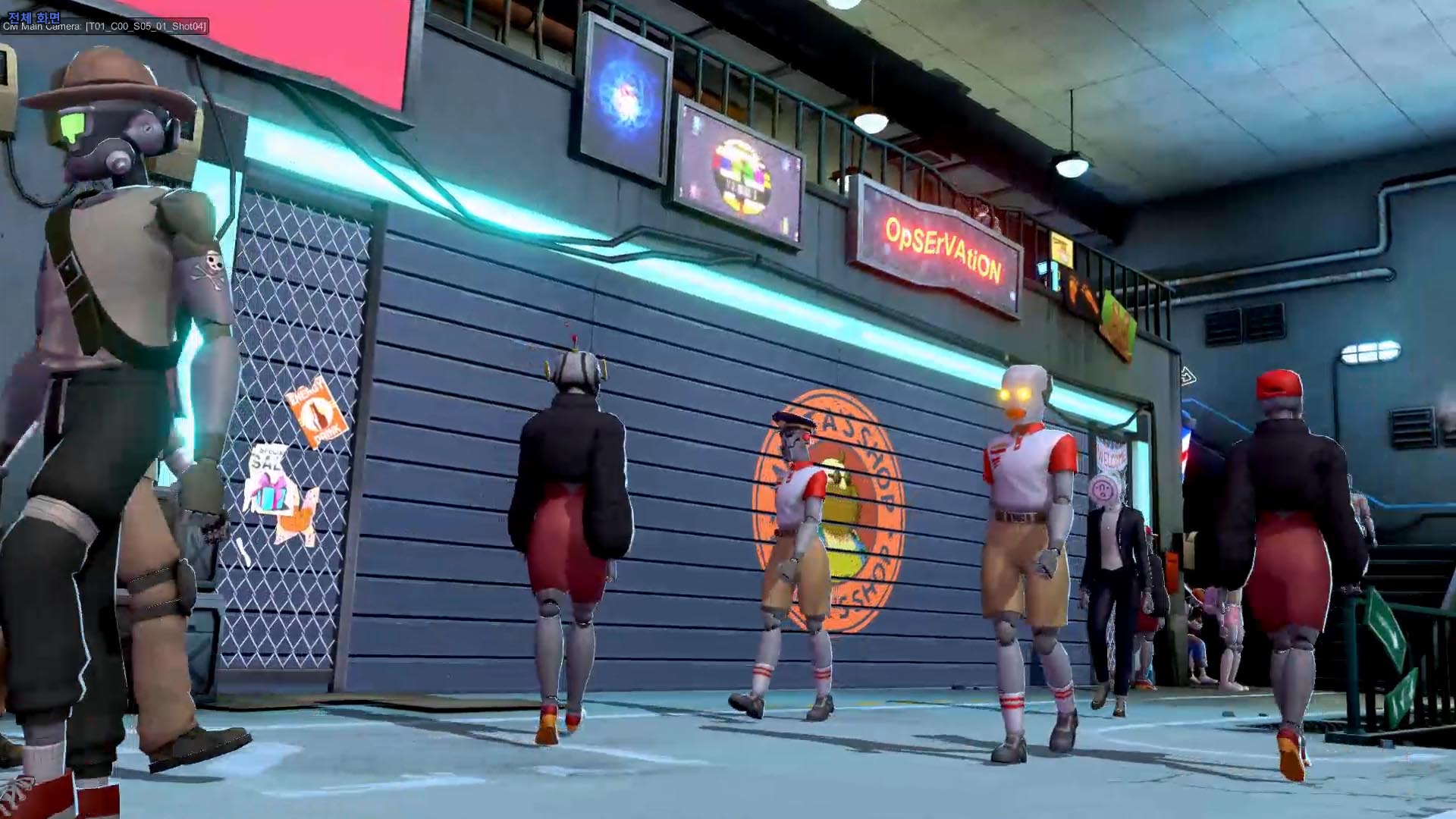
Starbites is set on the planet Bitter, which has been turned into a desert wasteland by space wars. Delight City, a rough place where failures and fugitives from across the universe gather to live, is made from repurposed ruins. The people’s daily lives consist of scavenging the wreckage of spaceships that crashed during the war and became embedded in the desert. While they may seem like hopeless outcasts, they still talk about their dreams, drink together, and form warm relationships in this city.
Unraveling the Past and Secrets of Bitter
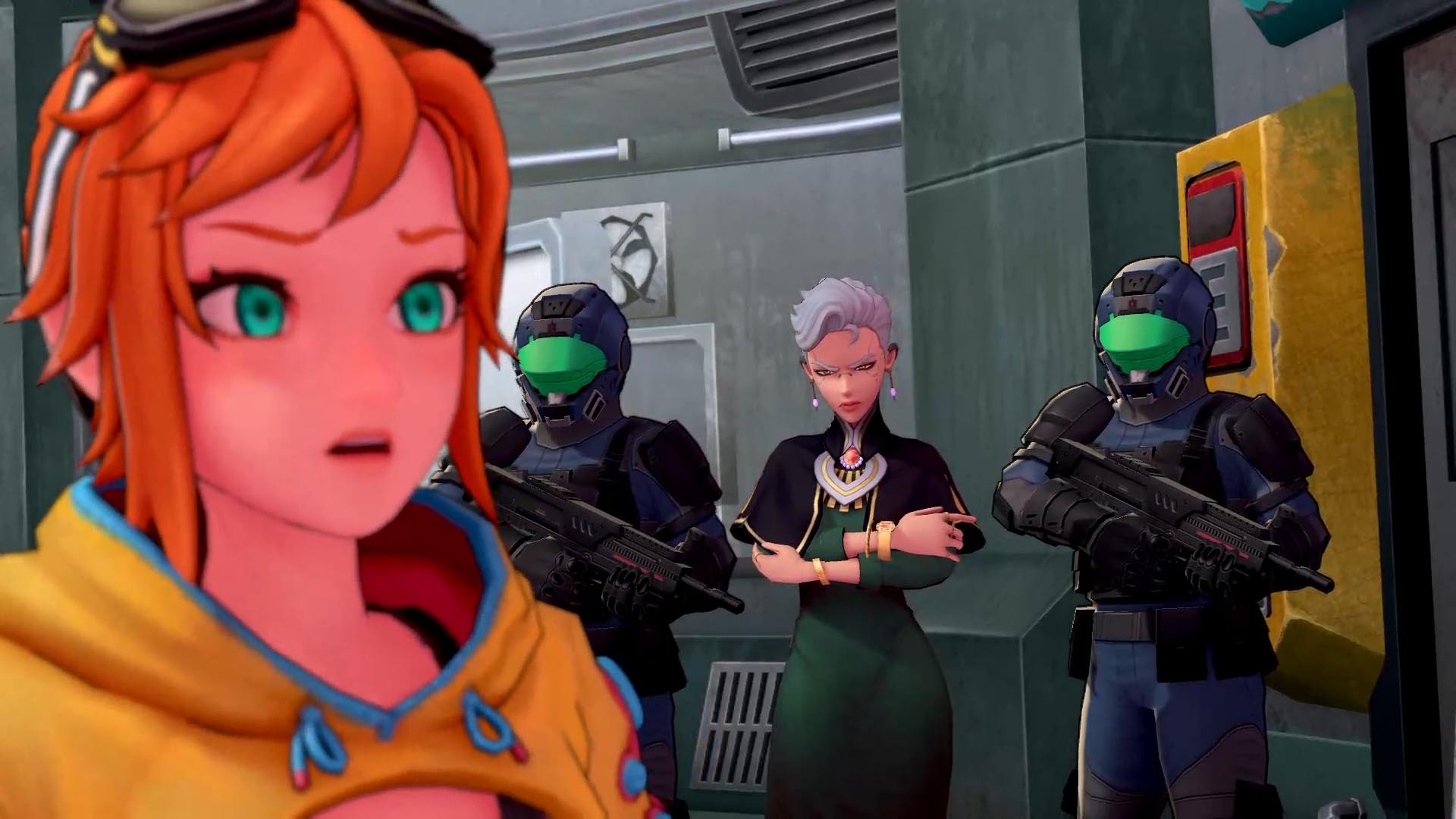
It’s in Delight City that we meet our heroes. It’s impossible to talk about JRPGs without mentioning story, which has always been the heart of the genre. Starbites begins with the lighthearted adventures of Lukida and her friends, but it eventually expands to uncover the secrets of Bitter and the history of the space wars that surround it. With plenty of episodes to enjoy and cinematic cutscenes and illustrations to enhance the visual experience, we’ve put a lot of effort into the story, and we hope it meets your expectations!
Diverse Perspectives and Debates on Mecha
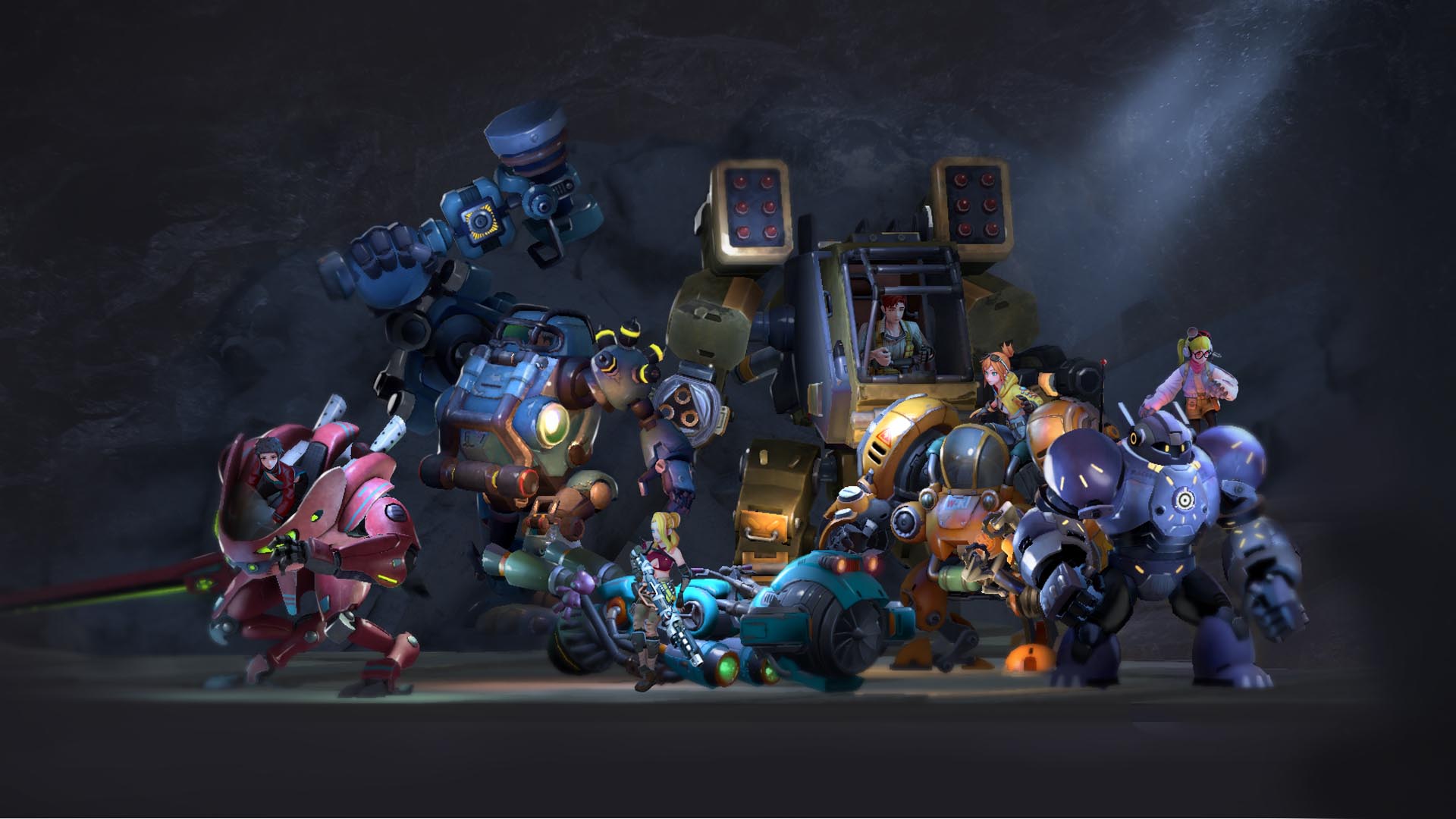
All of Starbites’ characters pilot their own mecha, and they serve as both tools and companions for the protagonists, allowing them to operate in the desolate desert. From the moment we decided on the game concept of a mecha-piloting JRPG, endless discussions began about their designs. There were clashes between designers who preferred sleek humanoid robots like Gundam and those who felt that clunky, industrial power loaders were more fitting for the world.
The biggest challenge was the differing perspectives on how to view the mecha. Should they be seen as equipment – like RPG gear, or as an extension of the character? If the former, we would have to standardize the skeletons and create customizable structures for animation. If the latter, we would need to design each mecha with unique appearances and animations to match the characters’ personalities.
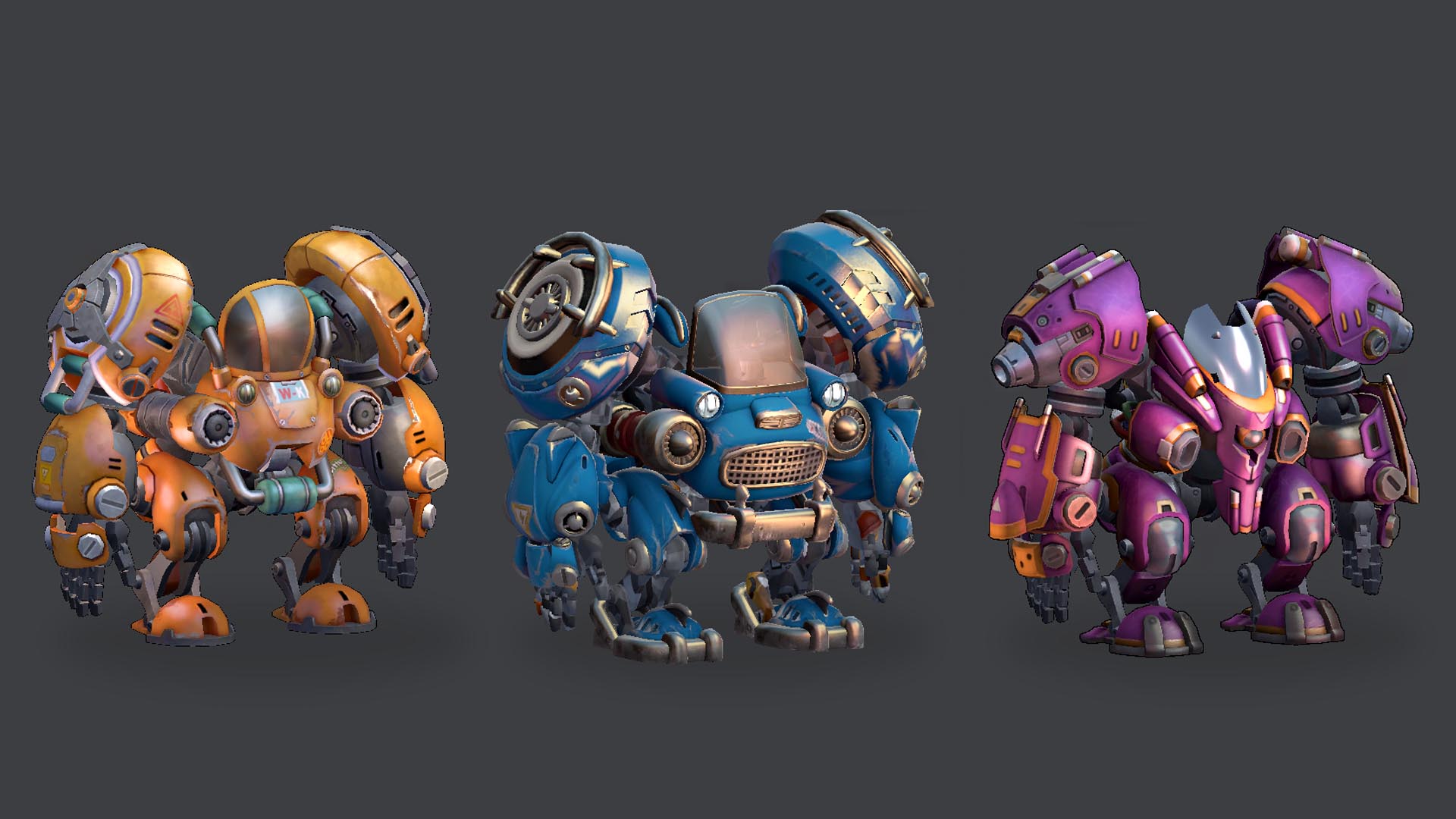
There was a heated debate about whether mecha should be customizable, as some argued that free customization was essential given the inclusion of mecha, while others believed that the mecha, as part of the character, were an extension of their identity. The discussion became so intense that it nearly led to a tense atmosphere.
Ultimately, we decided to prioritize each mecha’s individuality, even at the cost of some customization freedom, given the focus on adventure and growth in a JRPG. However, we also implemented visual elements of customization, allowing players to see the mecha evolve within the character’s identity. It wasn’t about right or wrong, but about the game’s direction, and I still wonder sometimes how the game would have turned out if we had made a different decision.
The Dilemma of a Turn-Based Combat System
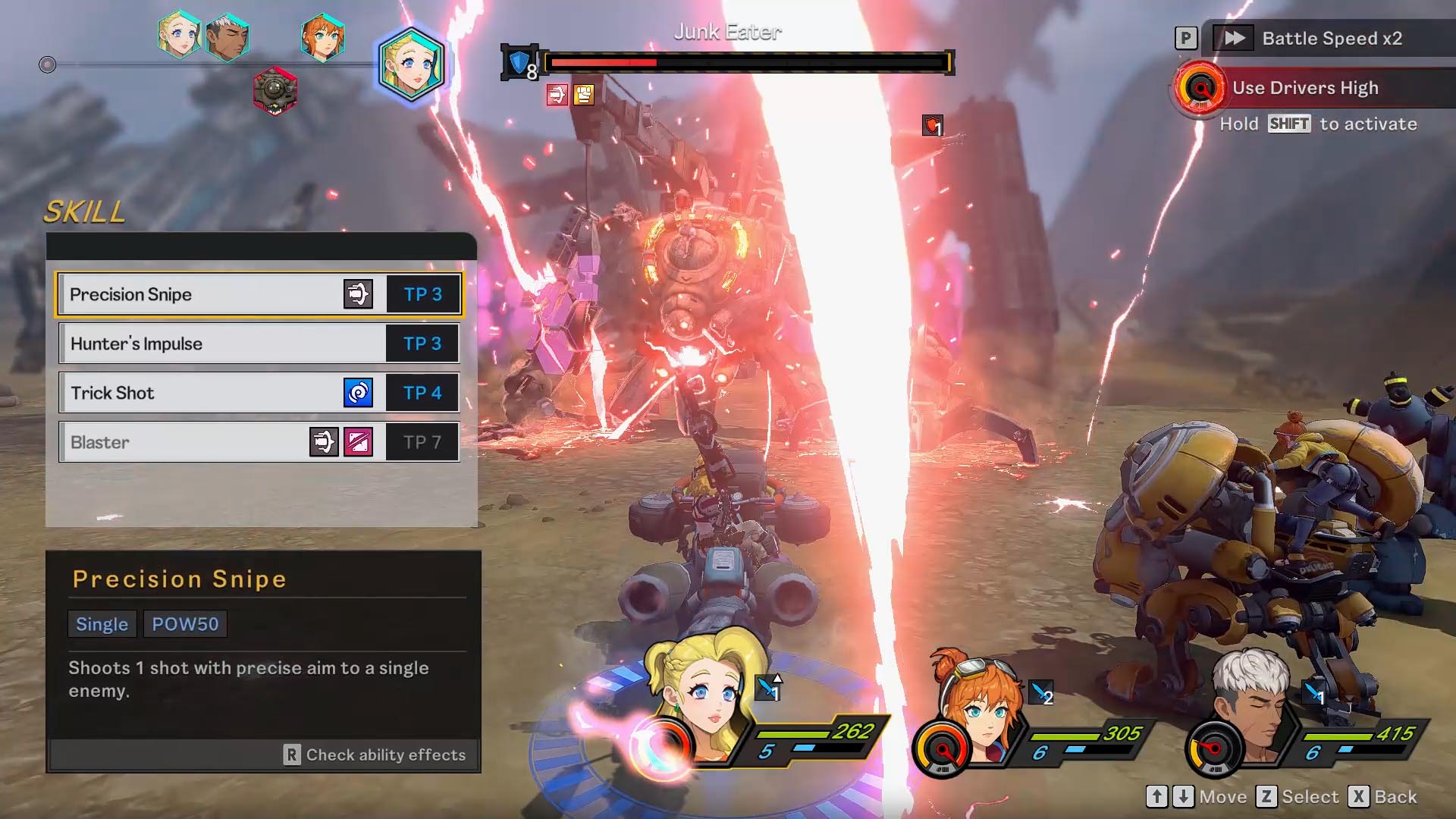
At external exhibitions, the most frequent question we received was, “Is it turn-based?” Since piloting robots in a desert typically evokes images of action or shooting combat, people naturally expect that. The notion that “turn-based combat is boring” is a major barrier for JRPGs. The team and I constantly questioned ourselves: “Is it really boring just because it’s turn-based?”
Recent titles like Octopath Traveler and Sea of Stars have shown that turn-based JRPGs can still be popular, proving that there’s room for a turn-based combat system that incorporates the strategic depth of turn-based games while matching the speed, controls, and visual quality of modern trends.
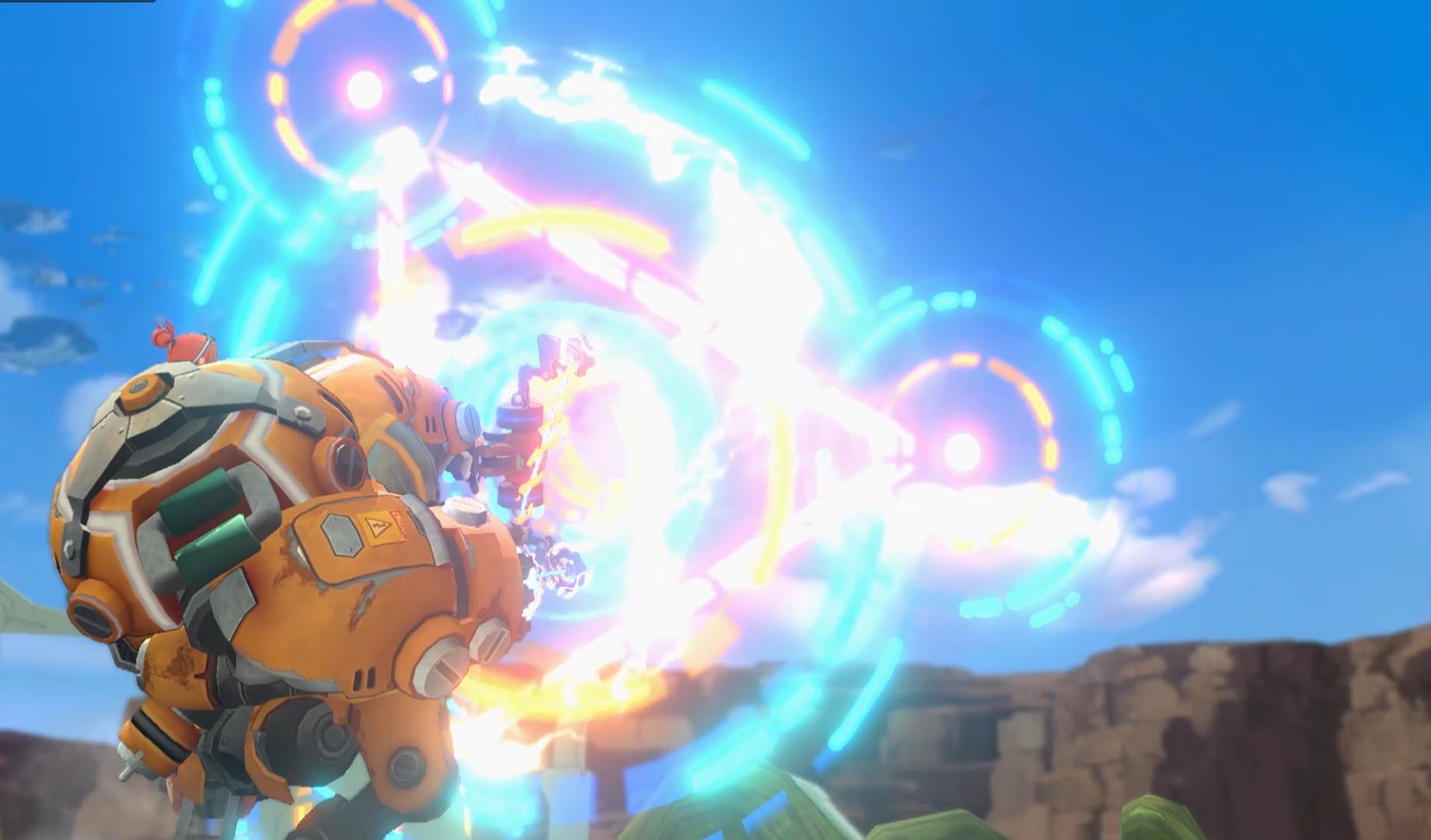
Combat systems have been one of the most rigorously researched areas of Starbites. We experimented and struggled to create compelling mecha-based combat, drawing inspiration from other great works. The “Driver’s High” system, initially conceived as a special move, evolved into a powerful tool that could steal turns and turn the tide of battle. By adding support functions that allowed for cooperative play between units, we ensured that every character had value and growth potential. The improvements to make “fun turn-based combat” will continue until the game’s release.
I hope you enjoy the fun and challenging adventures of Lukida and her friends, when Starbites arrives for Xbox Series X|S, Xbox One, and Windows PC.

